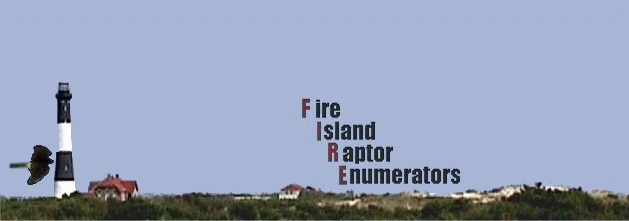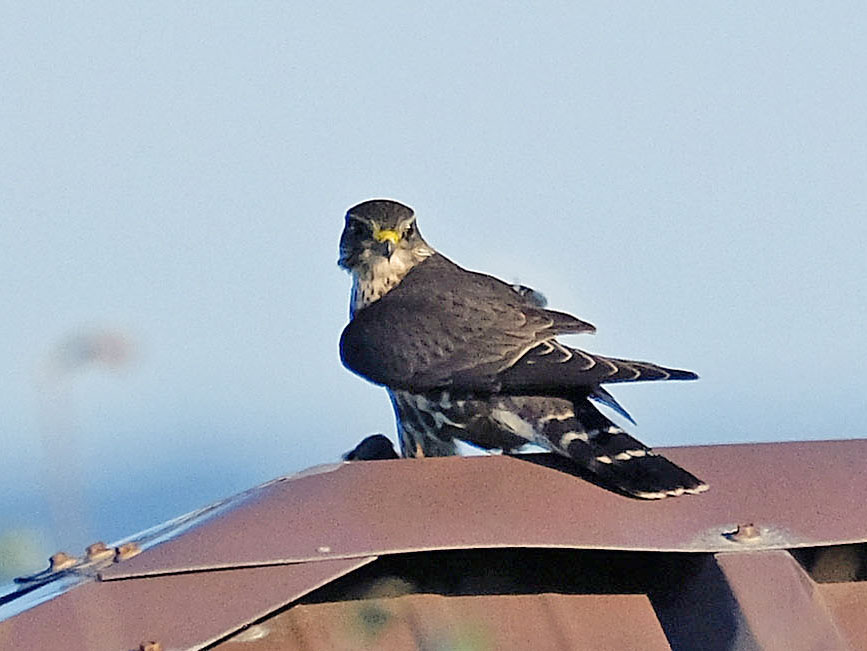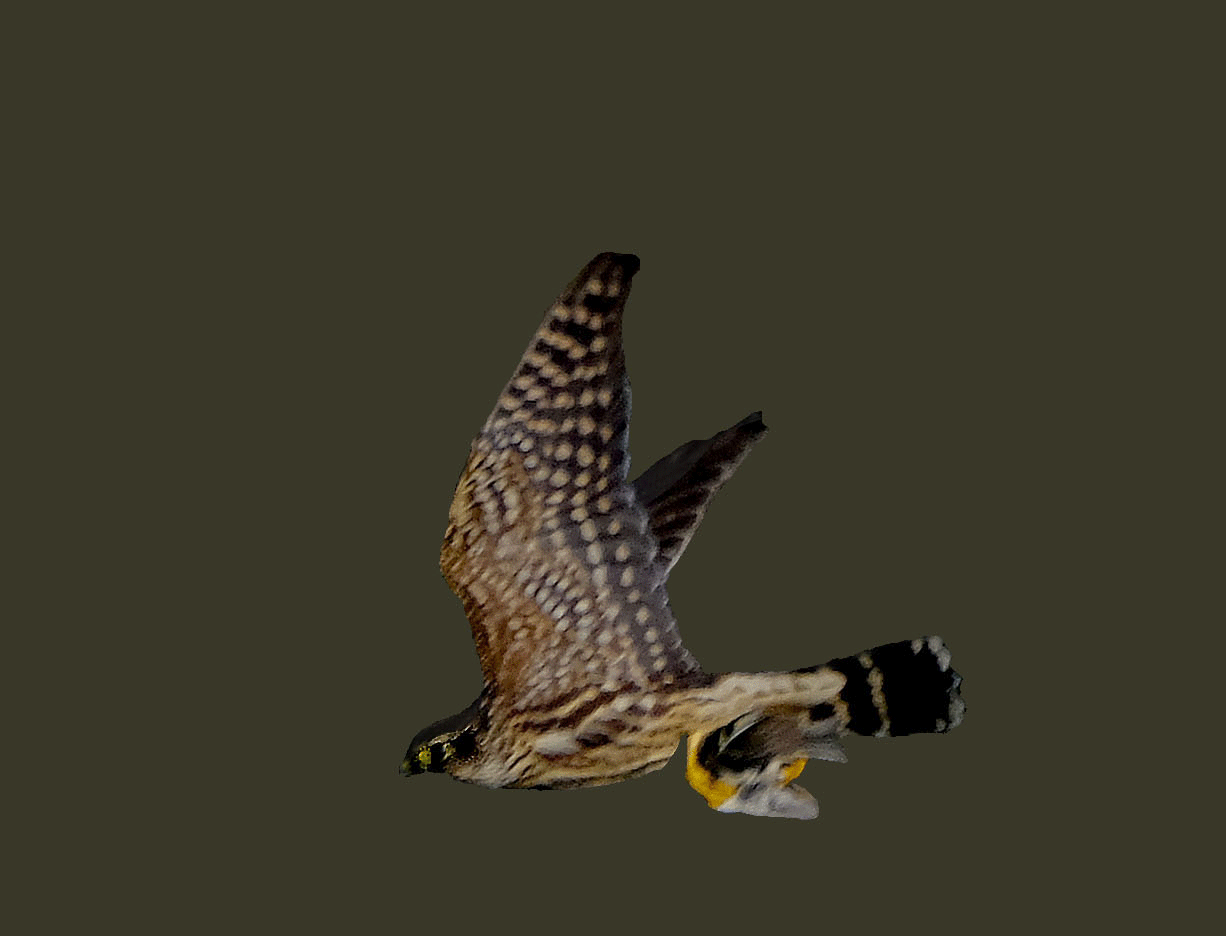Only OS, with a count +53% over our all-time average and +30% over their 10-year average, did well this September. Most of these may be mostly regional breeders that seem to have had a bumper crop this year, in part due to the unusually high numbers of menhaden in our area this year.
The BE count is too low to place any confidence in, but seems to be remaining approximately constant.
For the Sharpies and Kestrels this is just a continuation of the downward trend in place since 1994.
For the CHs it is still too early in the year to tell for sure. But if the explanation below is correct and the winds continue as they have been, they also will be low for the year.
There is still time for the NH, ML and PG to make up ground but I doubt they will.
The persistent E and NE winds seem to be carrying the hawks inland, away from the coast.
Of course, this is just speculation, but the inland watches seem to be on the way to setting record highs for MLs.
And the number of BWs at these sites are unusually low, except for the westernmost (Mt Peter). So the whole migration seems to have shifted inland. Hopefully, this is not going to be more than a one year phenomenon.
My hopes that El Nino would break the trend of recent years seems unfulfilled, in fact, it seems to have exacerbated the situation of recent years AND extended it to the ML & PGs as well.
We should have a better handle on what is happening when we can look at the total counts for the entire year in the whole region. But one very suggestive indication on what is happening to the hawks comes from what happened to the passerines on the night of 10/2. Below is the Doppler radar for 9pm that night. The dark blue circles are migrating passerines, the smudgy blue green is rain. The winds were strong from the Northeast, and very strong along the coast:
The birds are clearly taking advantage of the winds, avoiding the precipitation, and by-passing our area completely, heading directly to the Gulf Coast. I believe that the Easterly components of the wind for many days did the same thing to the migrating hawks. And so, perhaps, the low numbers of NH, ML, and PGs are just a result of this and the breeding season for them was at least near normal, even though our counts of them are at record lows.
We all owe a debt to all the hearty watchers who sat out, often on blistering hot September days, to document that indeed, there were very few hawks passing.
Stay tuned for developments – one thing we know about the natural world is that things never remain the same, and, hopefully, we’ll have a record high flight in October!
Drew
dpanko@pipeline.com
Check out this year's totals at: http://www.battaly.com/fire/counts/2015.htm
and the All-Year data at: http://www.battaly.com/fire/counts/yearlysm.htm



























